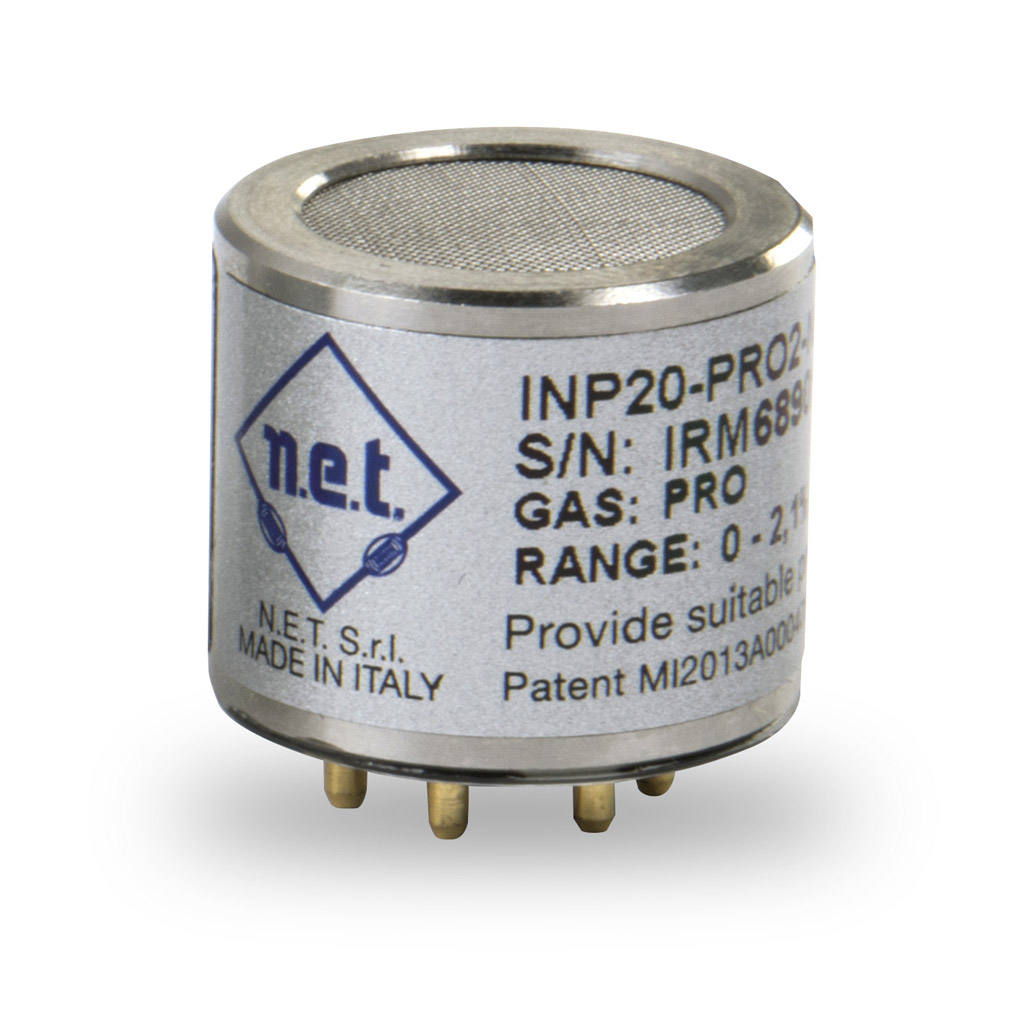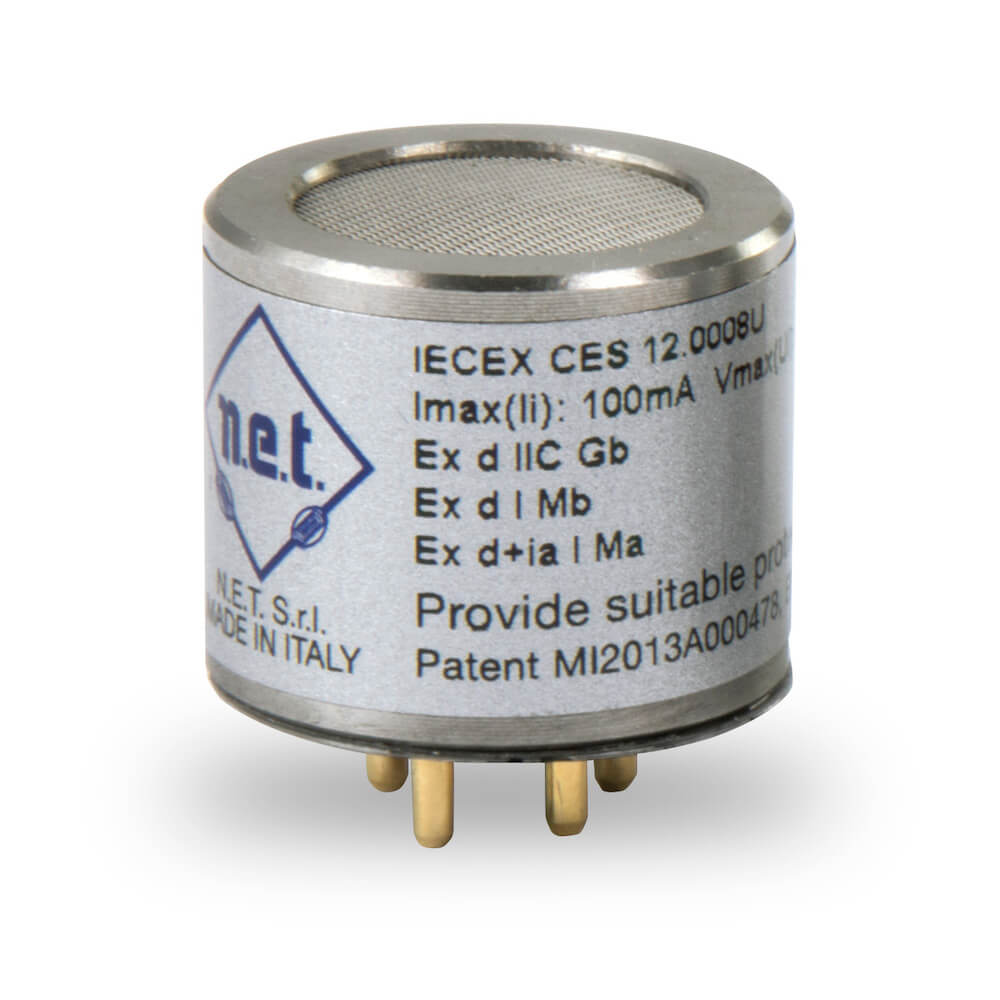
Landfill gas (LFG) and Biogas are similar in creation process and composition – and for the fact of representing both a resource and a hazard, with appropriate monitoring and management tipping the balance between the two extremes.

- 0…100% detection range for Methane (CH4) and Carbon dioxide (CO2)
- rugged stainless steel built and protective coatings to ensures resistance to the acid gases associated with the application
- available in ATEX or IECEx certified versions for maximum safety and use in classified areas
- our exclusive Dynamic Range technology ensures optimal performances and unprecedented accuracy

Landfill gas (LFG) and Biogas
Landfill gas (LFG) and Biogas are similar in creation process and composition – and for the fact of representing both a resource and a hazard, with appropriate monitoring and management tipping the balance between the two extremes.
They are essentially created by the same process: anaerobic digestion produced by the breakdown of organic matter in the absence of oxygen. They have therefore a very similar composition and calorific value when burnt as they are both considered a renewable energy source.

Biogas can be produced from various raw materials such as agricultural waste, manure, municipal waste, plant material, sewage, green waste or food waste while LFG is the product of anaerobic degradation of the organic fraction of solid urban waste within a Landfill.
These gases are primarily methane (CH4) and carbon dioxide (CO2) – both of which are greenhouse gases – and may have small amounts of hydrogen sulphide (H2S), moisture and other volatile organic compounds (VOCs).
Capturing biogas and LFG avoids the release into the atmosphere of environmental-harmful compounds. In terms of global warming potential, methane is over 25 times more detrimental to the atmosphere than carbon dioxide. Landfills are esteemed to be the third largest source of methane in the US.

Once captured, the gases can be combusted or oxidized with oxygen. This often involves also purification and upgrading processes prior to use in order to separate the CO2 and increase the energy content per volume. The energy release allows biogas to be used as a fuel or for heating purpose or it can be used in a gas engine to convert the energy in electricity and heat. Producing energy from biogas and LFG, instead of from fossil fuels, achieve an appreciable reduction in the quantity of CO2 produced.
Because of the toxicity and flammability of these gases, monitoring techniques have been developed to decrease the risk involved. Detectors are used to measure methane as well as CO2 levels. Surface monitoring and sub-surface monitoring as well as monitoring of the ambient air is carried out. In the U.S. it is mandatory that large landfills install gas collection and control systems, which means that at the very least the facilities must collect and flare the gas. Landfill owners and operators must make sure the concentration of methane gas does not exceed 25% of the LEL for methane in the facilities’ structures and the LEL for methane at the facility boundary.
N.E.T. high volume IRNET sensors are the ideal fit for such applications. The rugged stainless steel built ensures resistance to the acid gases associated with the application. Our exclusive Dynamic Range technology ensures optimal performances and unprecedented accuracy over the full 0…100% range. They are available in ATEX or IECEx certified versions for maximum safety and use in classified areas. More and more instrument manufacturers around the industry are choosing our sensors for continuous monitoring systems and safety-related detectors.


